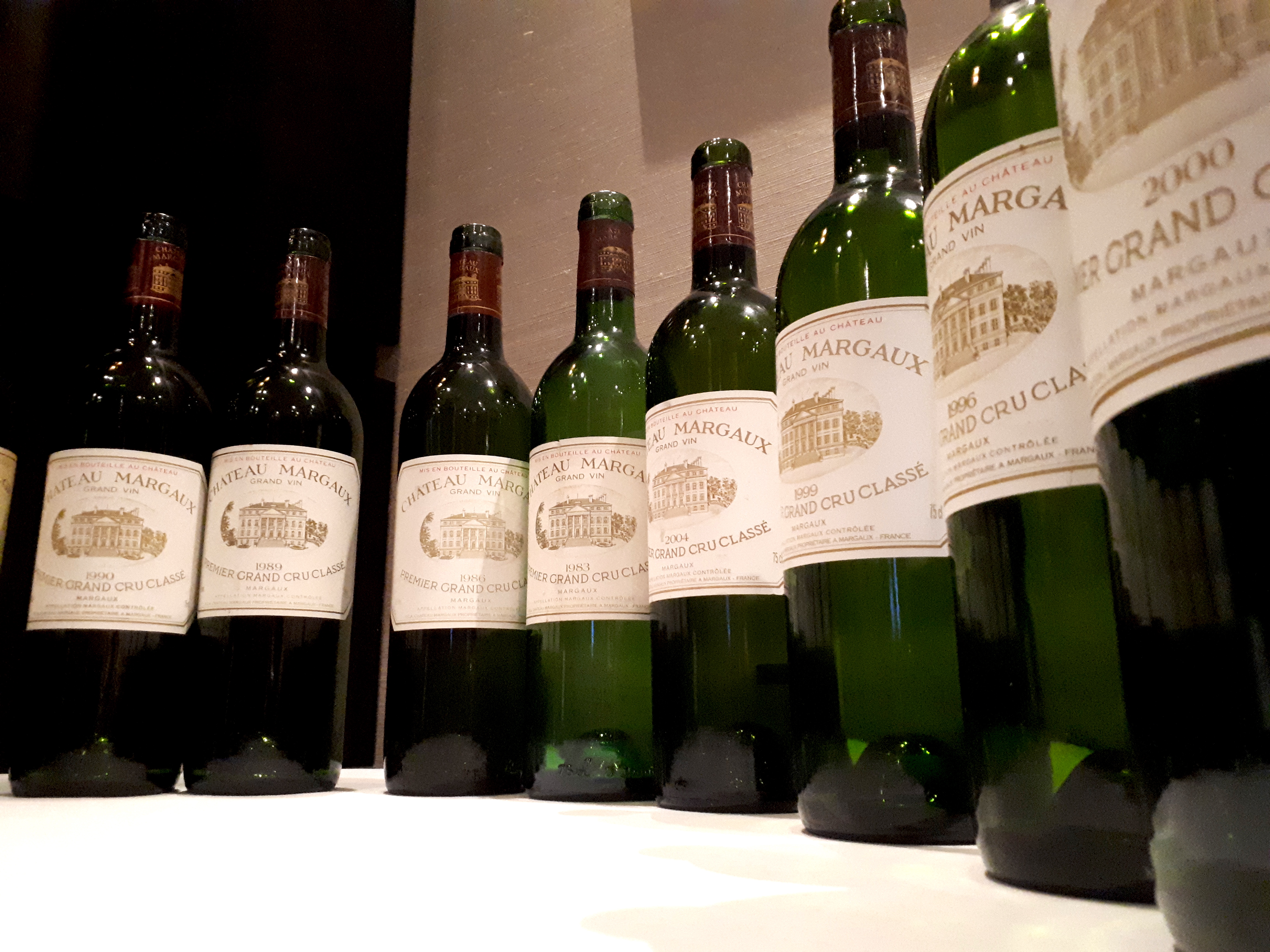by Wine Owners
Posted on 2018-10-22
Omar Khan’s Business & Wine events are hedonistic epics of wine indulgence and learning, and October 2018’s event at The Four Seasons on Park Lane was no exception.
Bouchard’s 2005s are a stunning set of wines, and when compared with 2015 showed fabulous balance and freshness. A beautiful menu that proved a perfect foil to the great wines served including Chevalier Montrachet La Cabotte 2002 and Beaune Greves La Vigne L’Enfant Jesus 1976 demonstrated how unfair Michelin can be in its treatment of hotel establishments compared with independent restaurants: Romuald Feger deserves a couple of stars!
By the time Henriot bought Bouchard Pere et Fils in 1995, the venerable House, founded in 1731 had found itself in a bit of a financial squeeze. New oak barrels were rationed and the wine maker was making do.
Herriot’s purchase changed all of that, and by 2005 Bouchard was well and truly reestablished as one of the great Burgundy Houses, and a microcosm of Burgundy itself with vineyard holdings representative of practically every commune across the Cote de Beaune and Cote de Nuits. The responsibility of this unique heritage is keenly understood by Henriot: so that for consumers discovering Burgundy, whose initial enthusiasm can so easily be diverted by an underwhelming experience, Bouchard Pere et Fils offer a swathe of benchmark wines.
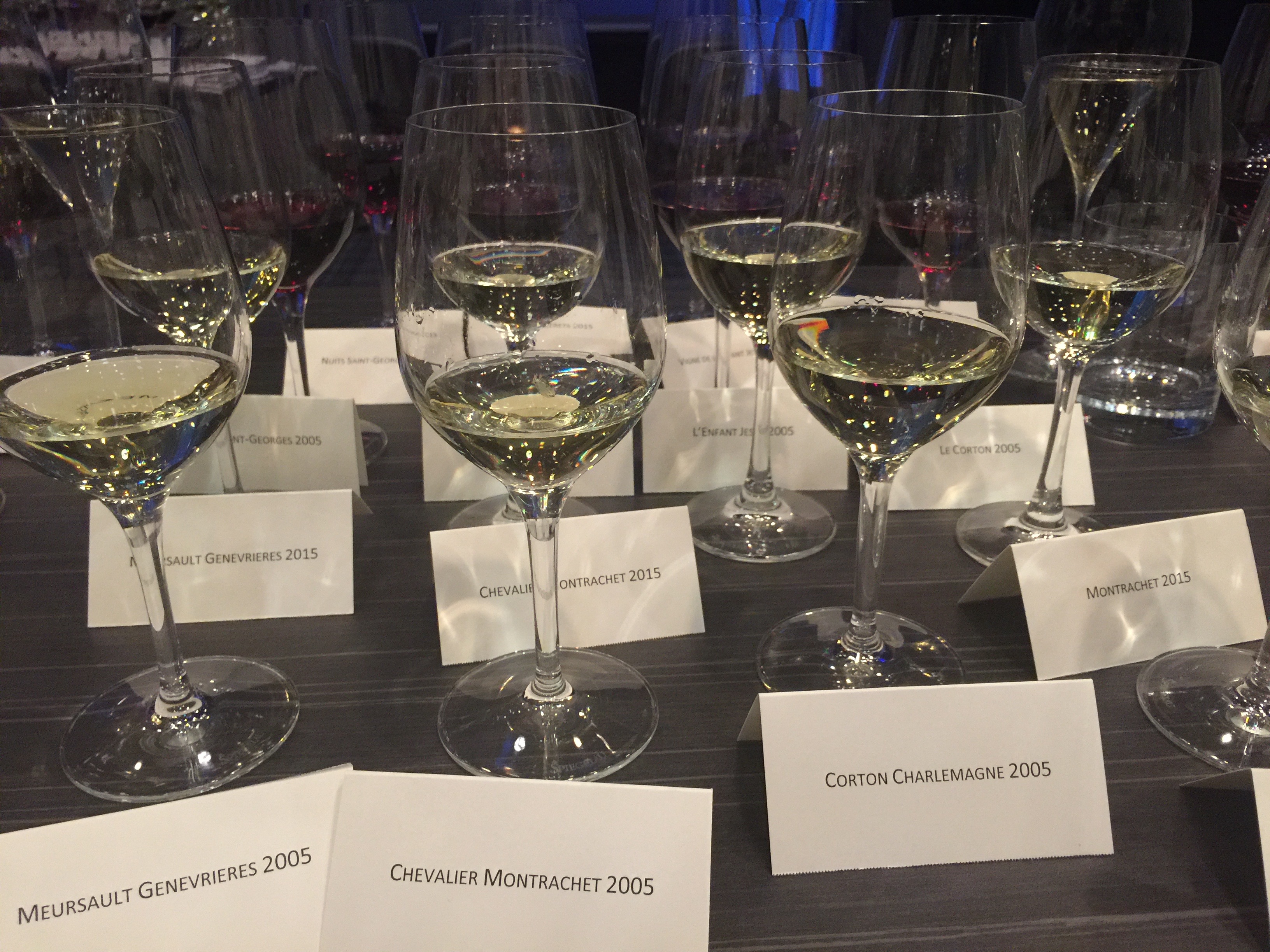
Tasting a cross section of the 2005 Burgundies compared with the 2015 vintage highlighted a number of exceptional terroirs. It also showcased the very high quality of the 2005 vintage. It may well be that 2015 was a much more successful version of 2009, with the warmth of the vintage kept fresh and with retained definition of fruit thanks to more controlled wine making, but on this showing the wines are less precise and less fresh than 2005. Maybe they just need more time; sometimes the intrinsic balance of a wine changes shape over the course of the early years in bottle. Let’s hope that’s the case with these 2015s because the whites in particular need to freshen up.
A little more on the 2005 vintage chez Bouchard. These are, in a word, brilliant. We suspect most Burgundy-philes have resisted broaching their 2005s for fear of encountering a tannic behemoth, such are the tales of untamed structure in the top wines. This range tells a very different story: of freshness; blood orange mid palates, confit fruit illuminated with beaded acidity, and the sort of drive and energy that makes you want to dribble into your poulet de bresse aux tropettes de morts. Of course there’s structure too, but it’s balanced, provides focus and is more than offset by oodles of rich juicy fruit.
Ot the reds L’Enfant Jesus showed the precision of the Beaune Greves vineyard, with a bright thrust of energy, resonance and depth, and a mid palate veined with blood orange and black chocolate. This is a wine for the ages.
Le ‘Le Corton’ is a great red terroir, produced from a vineyard which is also permitted for white Corton. This 2005 doesn’t have the earthy depths of a Bressandes, but exhibits great drive, energy, a concentrated confit mid-plate and is very elegant. A more delicately formed Corton and in my view all the better for it.
Volnay Caillerets 2005 is a more forward wine, although the term is relative in context of the preceding wines. Aromatically spiced with a dark liquorice sweetened mid palate that has a creamy texture, a good sense of energy with oranges present on the finish.
On the night the Chevalier Montrachet 2005 was chalky and mineral, insinuating in its attack before gradually but determinedly building intensity. Very, very long. Le Montrachet 2005 was a powerhouse but so, so primary; a tough one to judge other than elementally and so to try to anticipate something extraordinary in the coming decades.
On this showing, other than recommending you fill your boots with Bouchard 2005s, you might want to check if 2005 Burgundies are well enough represented in your cellar. If not, they’re not going to get any cheaper as they get closed to the start of their drinking windows, so now’s as good a time as any to start looking for some.
by Wine Owners
Posted on 2018-10-17
When tasted from barrel in the spring of 2017, it was very evident that this was a vintage with loads of extract, with one of the highest ever IPT levels ever recorded in Bordeaux. IPT is a measure of the combined phenolic compounds in the juice - principally tannins and colorants responsible for the red, purple and blue hues in grapes. Large bunches of rather small berries meant high skin to juice ratios.
We suspected that the finest wines were those who extractions were gentle - neatly summarised by Frédéric Faye at Chateau Figeac who described their fermentation process as an ‘infusion’ with the gentlest of extractions achieved from the submerged cap.
With the proviso that the 2016s have been in bottle for as little as 3 months, this was an opportunity to re-taste a selection and test our original impressions from 18 months ago.
The more extracted wines with highest IPT levels were evident, and at this stage it has to be said that they were the least harmonious. Where there was a desire to make full use of, or to accentuate, all the elements proffered by nature, the palate tended to be dominated by raw power, the scale undeniable but at the expense of charm for now.
The structure of 2016, hidden under a cloak of velvety fruit and sweet tannins when barrel samples, was much more evident now the wines are in bottle, and this structure allied to tremendously aromatic fruit in the best examples, affirms 2016 as a vintage with some truly great wines in the making.
It’s not just a great cabernet sauvignon vintage either, with some of the right bank merlots absolutely stunning. La Conseillante that had seemed a little sweet and svelte at the property in April 2017 is now brilliantly pitched, with extremely expressive and aromatic fruit held in check by an impressive frame of tannins.
What was slightly surprising however, was the wide variation. Those who are tempted to categorise 2016 as a uniformly great vintage will be disappointed; there is plenty of dull wine. The difference between the vintage's heights and the good average is a chasm.
The Northern Medoc had an especially successful vintage, with Cantermerle showing excellent concentration and focus, and my pick of the appellation at en primeur, Citran, showing all of its former promise and more. Could this be the bargain of the vintage?
Domaine de Chevalier has made an epic red, with great substance and lovely resonance, and on this showing had the better of the high-in-cabernet-franc Carmes Haut-Brion. Though evidently fine fruited, Haut Bailly’s firm tannins are a bit overwhelming for now. Both Pape Clement and Smith Haut Lafitte major on great substance and scale, but show a raw or unknit character at this early stage.
Canon was showing very defined fruit with loads of grip but for now felt very slightly loose on the finish. Figeac has managed to combine stunning definition, texture, harmony and length and on this showing must be a 100 point wine in the making.
Gazin was absolutely charming with an impressively solid core. La Conseillante as already mentioned was a hit.
St Estephe and Pauillac were as good as expected given how fine the Cabernet was from this upper part of the Medoc peninsular, and wines from Cos Labory and Phelan Segur were notably excellent at their price levels.
Clerc Milon had stood out as exceptional in April 2017, and now in bottle shows impressive density, a huge finish and attractive gaminess. D’Armailhac was extremely exciting, packed with red fruit and finely beaded acidity and plenty of accompanying structure. Pichon Longueville Comtesse was one of the stars of the en primeur tasting and once again stood out for its super-refinement: unquestionably a top wine of the vintage.
In St Julien the Bartons stood out. Langoa was svelte, intense, showed gorgeous scale and definition at a very attractive price point. Leoville Barton was another league and heads above the other St Juliens. Huge, but super fresh, light-footed, with a mouthwatering blood orange infused core and a very direct, linear finish. One of the greatest wines of the vintage.
Lagrange was fine, the tannins so ripe and silky that their velvety texture cloak its underlying structure, just as it did when tasted in London a year ago. Talbot was back to it’s very best, likely up there with its beautifully balanced 1982.
The Margaux appellation in the main was not quite as exciting as the magnificent 2015s, a vintage in which the commune excelled. However one stood out for it’s stunning definition and extraordinary elegance. A fitting wine to finish this round-up of 2016s in bottle. Beautifully textured. A wine that simply flows across the palate with effortless grace. It helps that it’s also one of the most under-rated wines in the whole of Bordeaux, sitting as it does on great terroir. The wine in question is Chateau Dufort-Vivens, Second Growth Margaux, fully biodynamic, and an outstanding success in 2016.
by Wine Owners
Posted on 2018-10-16
We had the pleasure to share a wonderful Chateau Margaux dinner with our members and the estate's ambassador Thibault Pontallier at La Trompette last week. The line up encompassed Chateau Margaux 1983, 1986, 1989, 1990, 1996, 1999, 2004, and a surprise magnum of 2000, preceded by Pavillon Blanc 2015 and Pavillon Rouge 2000 and 2009.
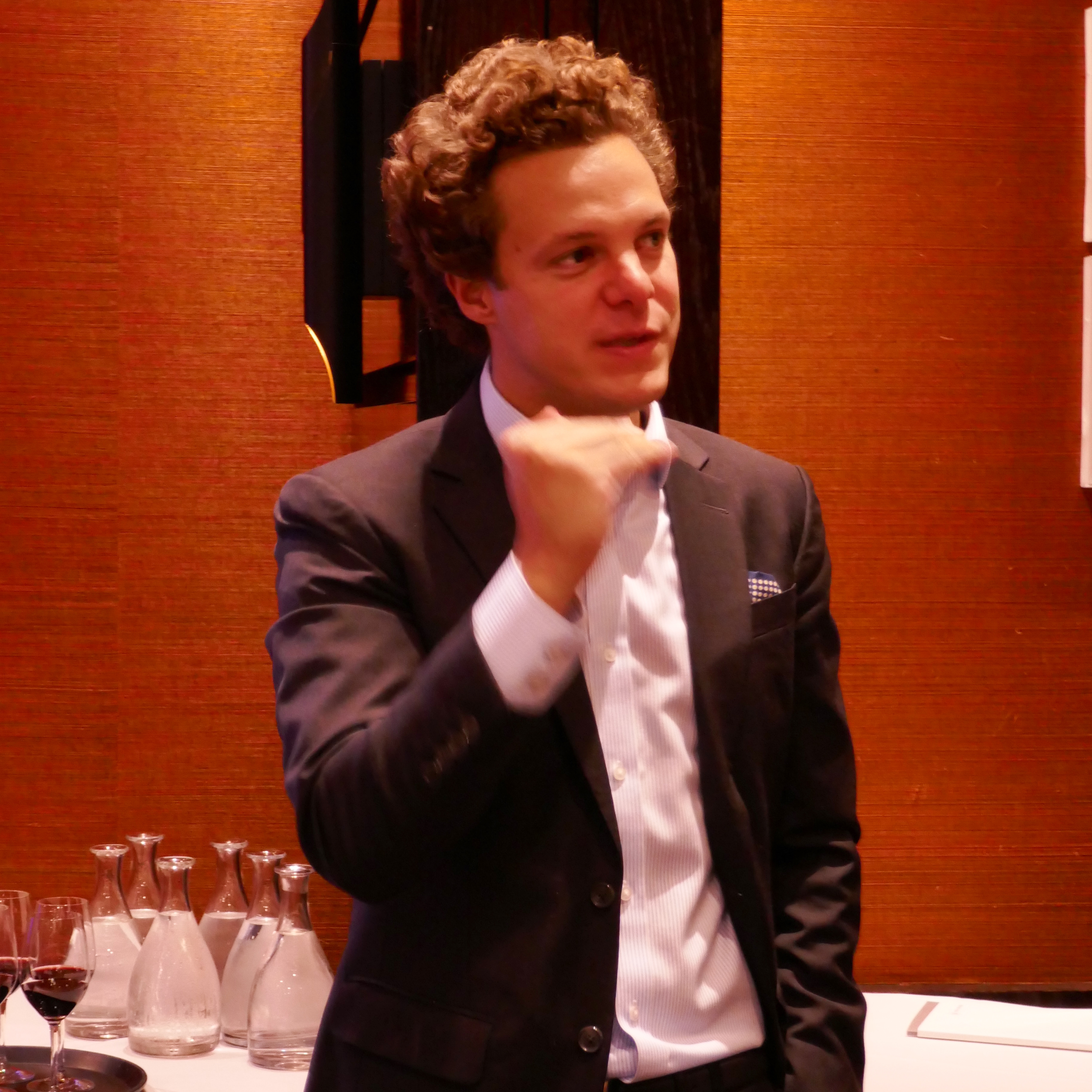
Pavillon Blanc 2015
Mineral nose, chalky, white currants, and saline. In other words a lot going on! Bright attack, palate follows the profile of the nose with addition of seville oranges and attractively bitter pith, green guava, and a fruit bush leafiness before ending on a firm finish.
2022-2030
94
Wine Owners view
A great investment in future drinking - one of the most complex of white Bordeaux, with refinement and structure for the long haul, and will be impossible to find in the future.
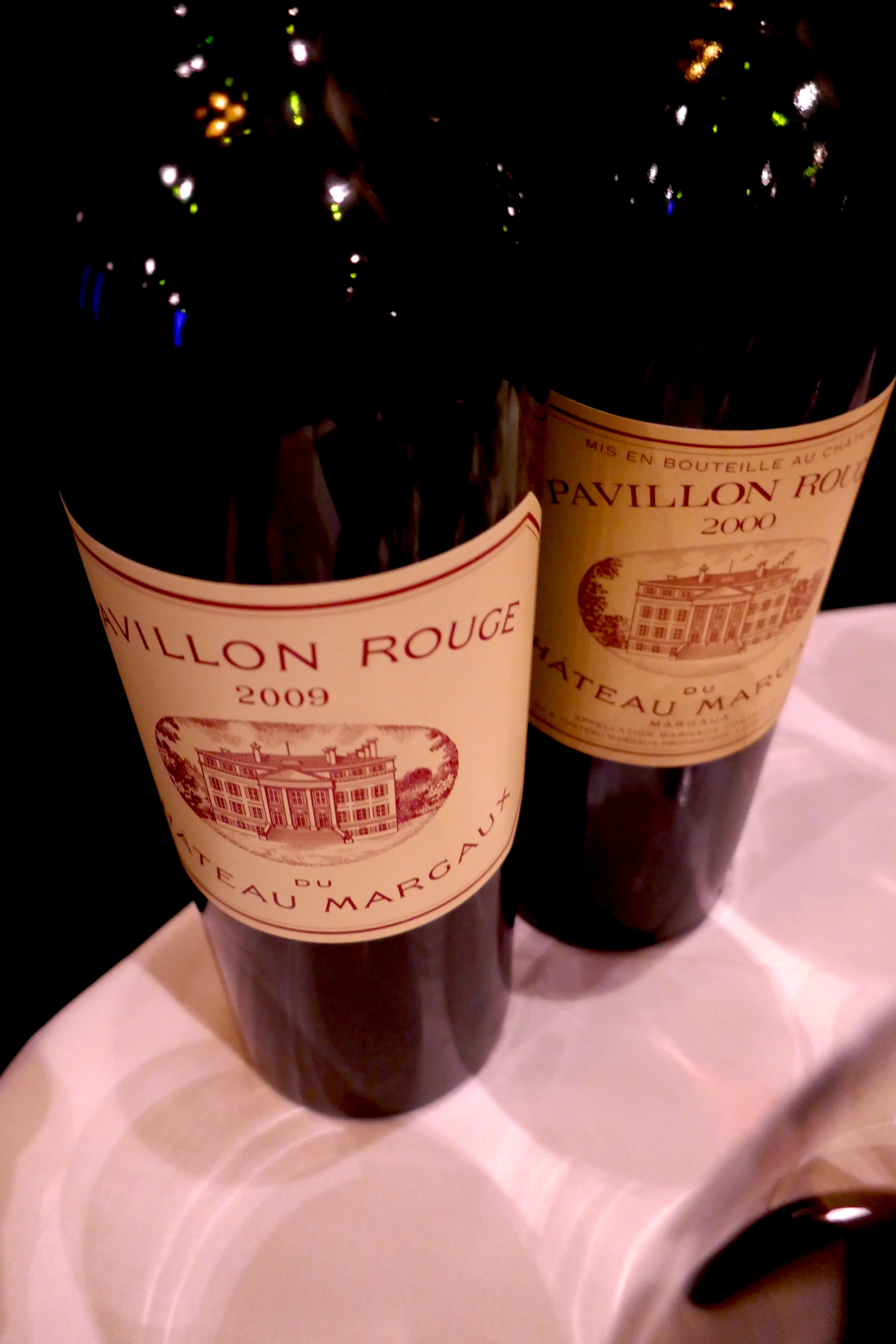
Pavillon Rouge 2009
A controlled, spicy nose, intense cassis, fresh blackcurrant leaf. Surprisingly cool from such a warm vintage, great grain to the wine’s texture, full of future promise, with depth and focus.
2023-2035
93+
Wine Owners view
Hitting the level of a second growth, Pavillon rouge is a grand wine in 2009, more expressive than the Grand Vin at this stage, yet with the same sense of balance and poise. Chip off the old block.
Pavillon Rouge 2000
Complex pine infused nose. Dry aromatic attack, gorgeous definition and a fine persistence. A touch of gaminess, roses, and spruce tips on the mid palate, the fruit evolving into a broad savoury finish enlivened with sappy, uplifting acidity.
Now to 2025
95
Wine Owners view
Mature and exciting with lots of complexity within which it’s easy to pick out individual flavours. So plenty of wine to make a special occasion a bit more special.
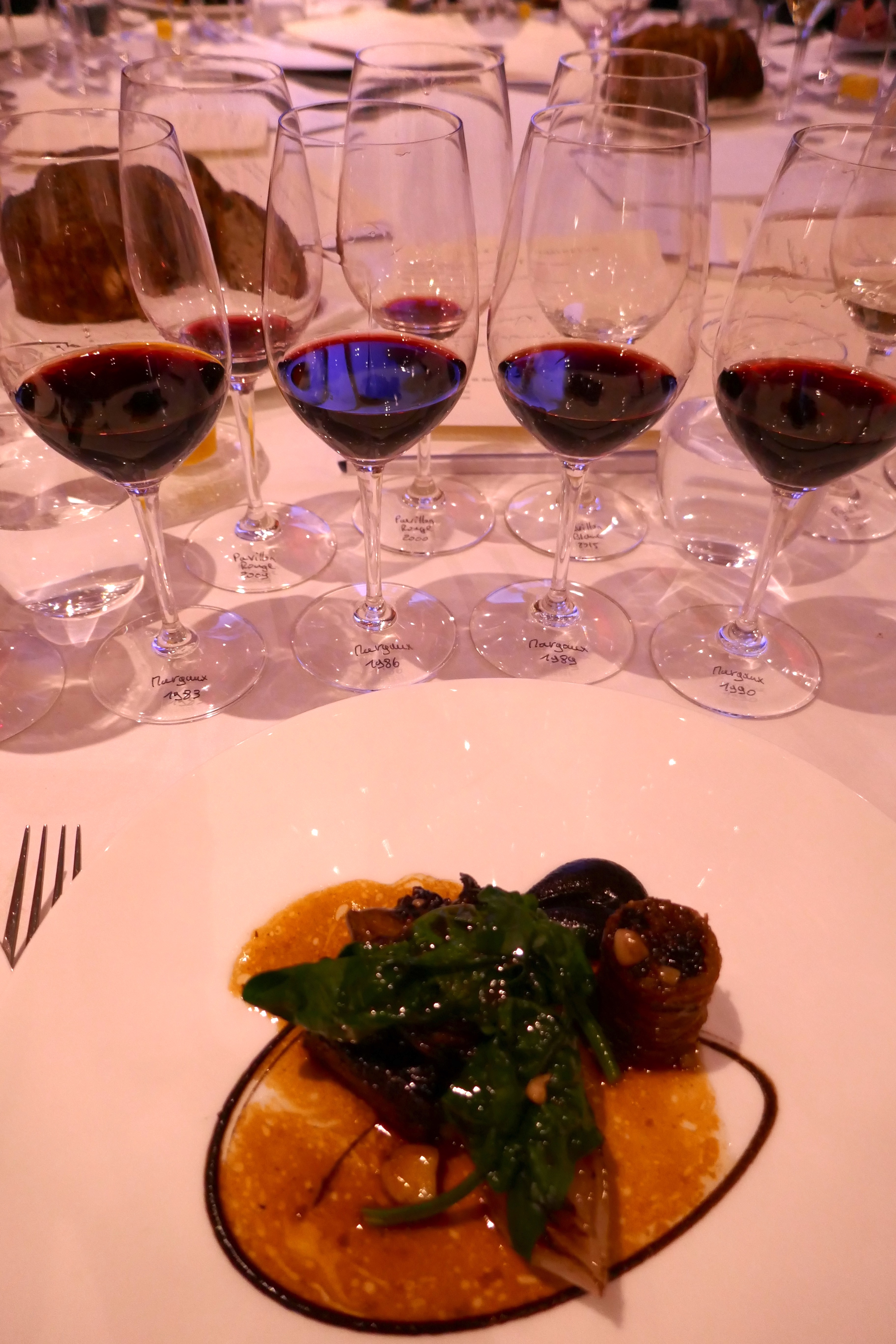
Margaux 1983
Aromatically expressive, a spiced attack preludes a charming medium-weight classic claret of supreme elegance and harmony. A gentle finish that nevertheless remains very elegant and delightfully complete.
Now to 2023
93
Wine Owners view
A great drink for right now, majoring on Margaux’s famed subtlety. Still possible to find in the secondary market around £350-£400 per bottle, which given its age and refinement is something of a steal. Hard to think of better First Growth value for money.
Margaux 1986
Heady, spiced, with a touch of iodine creating an intoxicating blend. Resolved on the palate, very good intensity allied to racy acidity. Fine scale with oranges and cloves on the long finish.
Now to 2025
95
Wine Owners view
1986 was a happy surprise due to the energy and resonance of the vintage. We wouldn’t keep it much longer but another strong buy for drinking around £400 per bottle.
Margaux 1989
Gorgeous overt nose, great length and grain, sappy with rising aromatics, a twist of liquorice and a cloved finish.
2020-2035
94+
Wine Owners view
The generosity of the vintage is evident on the nose, yet the accomplishments of this wine are still hidden, and there’s a sense of more to come. That grainy texture and gorgeous spiced finish are surely harbingers of great things in store for future drinking. As a result, a decent investment to boot for a 10 year view.
Margaux 1990
Saline, gamey nose and an energetic and velvet-textured attack, counter-balanced and infused with blood orange. Great resonance and breadth, visceral, spiced finish, and a whiff of very attractive sweet chloroform right at the finish. Very, very long. A great wine.
Now to 2030
98+
Wine Owners view
The velour and silky density of this wine makes it a beauty for enjoyment right now, and sure enough it was wine of the night for the majority of attendees. There’s more to go but will it ever be as lovely as it is now? Expect to pay £720+ per bottle so one for the collector who is looking for the very best vintages of Margaux.
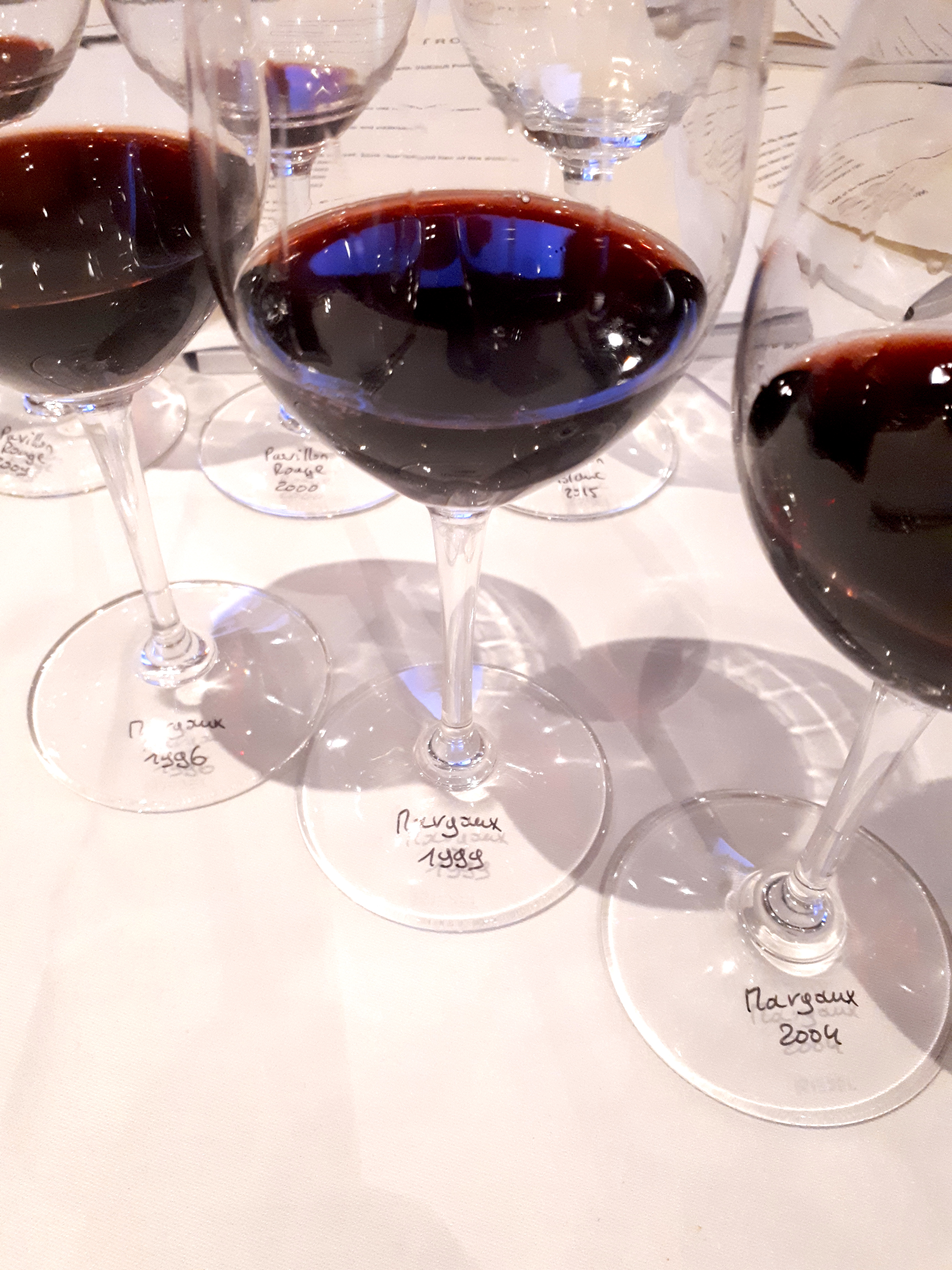
Margaux 1996
Svelte Nose, and then at the outset, so young and fresh. Tannins still present. A large scaled, monumental wine of extraordinary length yet extremely primary. An absolute baby in other words! With time in the glass the aromatics really open up. There is great intensity and a wonderful centre to this wine. Tonight 1990 gives more pleasure, but the sense of energy and drive in this wine along with all the other elements suggest a great, great Margaux in the making for 2025 onwards.
2025-2050
Wine Owners view
This is going to be mind-bendingly good. Though it lacks the resolution and some of the warmth of the 1990, it makes up for that in sheer energy, focus and intensity in its core. This elemental wine is still good value at around £500+ per bottle and would be an obvious choice as an investment, or buy now and wait 15 years to for a thrilling vinous experience as close as any gets to a concept of the perfect wine.
100
Margaux 2000 (Magnum)
A wine that is already resolved but at the beginning of its plateau. Spiced, cloves, sweet chloroform. Great energy, definition and depth on the finish, enlivened by a fine thread of acidity that uplifts the fruit. Very long and all the while gaining in energy through the impressive finish.
2018-2033
97
Wine Owners view
The overriding sense one has here is of harmony. Balanced and complete, spiced and heady with the signs of further maturity a short few years away. For many palates this is completely ready but an interesting addition to any Bordeaux lover’s cellar for its immediacy and near term potential.
